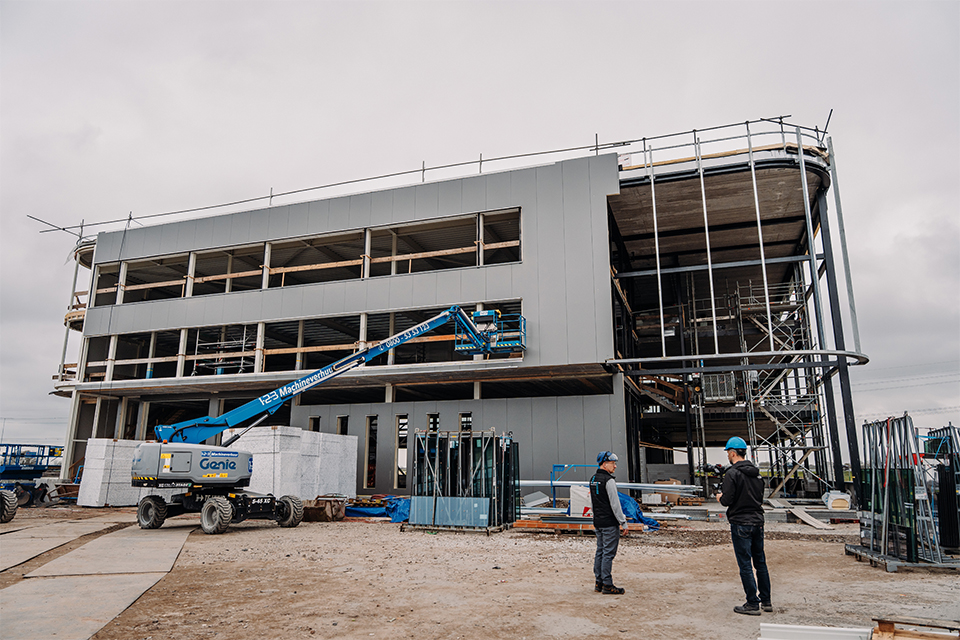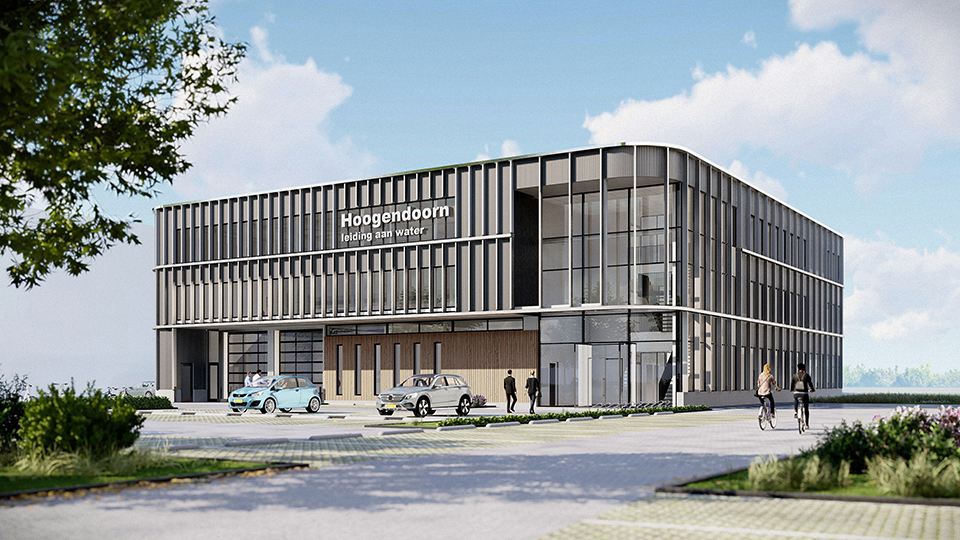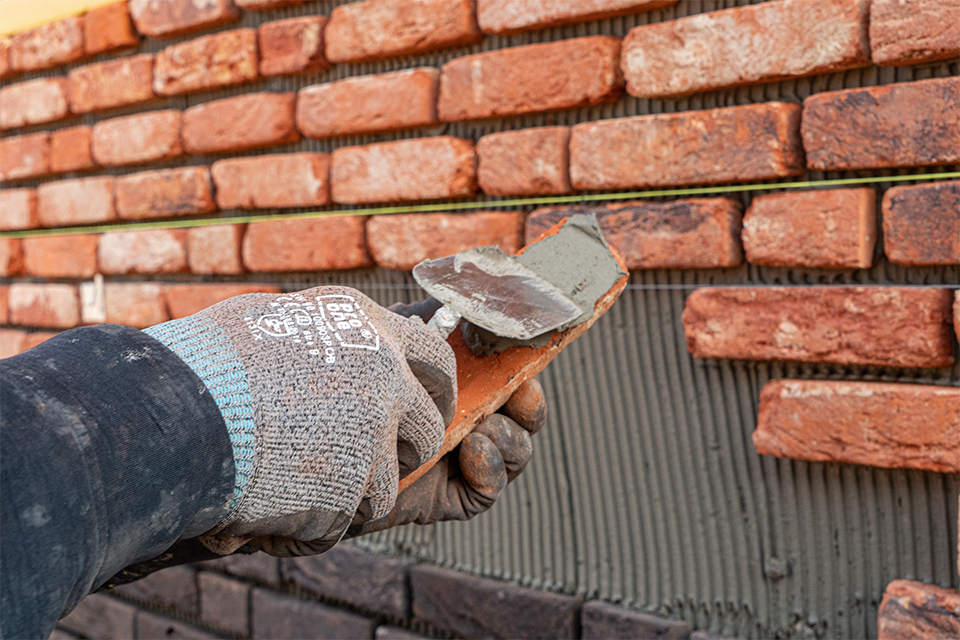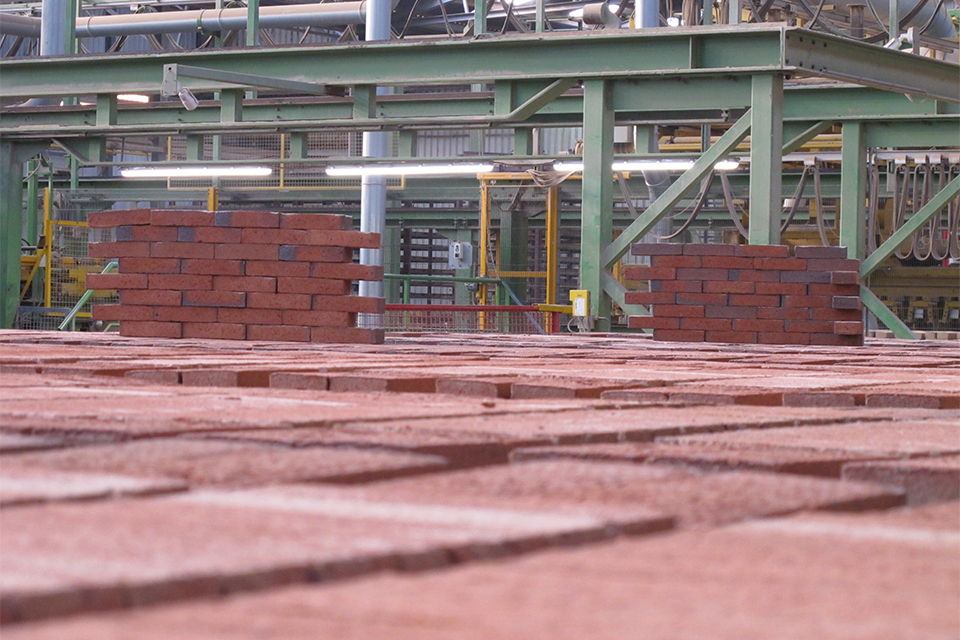
Creative in making the brick industry more sustainable
Making a traditional industry more sustainable, such as the brick industry, requires creativity. They know that better than anyone at Rodruza, and the company has been extremely successful at it for many years. After embracing the dry stack concept 'Drystack', the next step is now being taken with DC Bricks, a Joint Venture between Rodruza and Zilverschoon Randwijk that produces facing bricks from secondary raw materials.
The brick industry is becoming more sustainable on all sides, but collectively faces a number of challenges. "Electrification is unfortunately not in the cards for us," says Susan de Vries, Manager of Sustainability and Quality at Rodruza. "The capacity of the grid is insufficient. Hydrogen is also a bridge too far for the time being, due to the limited availability of green hydrogen, a truly sustainable alternative. To still make strides, we are focusing on all kinds of others. Among other things, the focus is on 'firing' regular production as efficiently as possible to reduce CO2 emissions, but we are also mapping the MKI value per individual sorting."
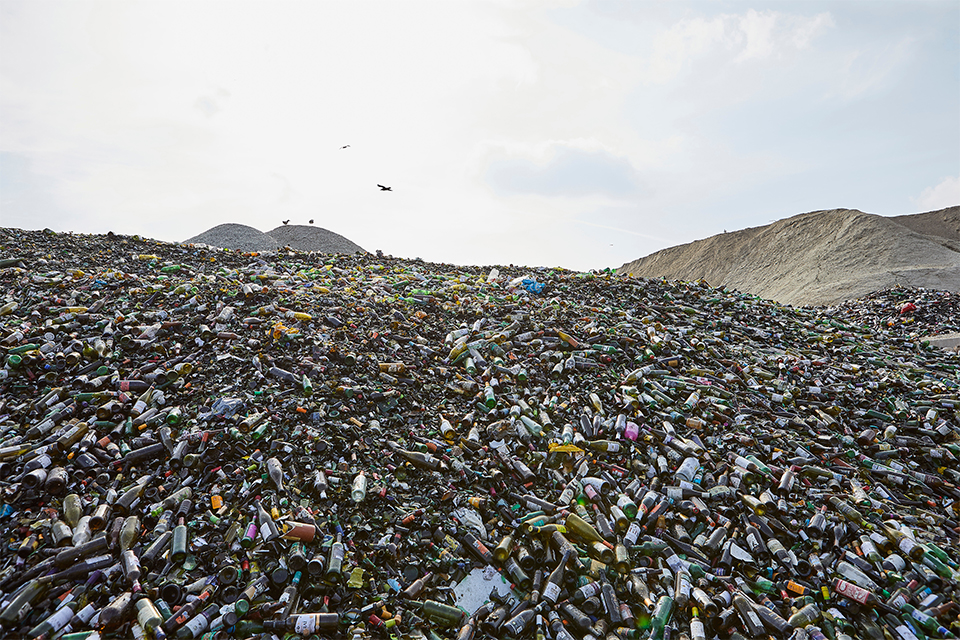
Sustainability revisited
Currently, a generic MKI value is calculated for a facing brick. "However, an average facing brick does not exist," notes De Vries. "For example, one brick is fired harder than another. So there is substantial difference in the MKI value of different bricks. This is why we are now mapping all the data from our more than two hundred grades. Because we are extensively monitoring our firing data in the process, we are able to use (residual) heat from the kilns as efficiently as possible toward the drying chambers." De Vries also advocates a more realistic representation of the life span of the facing brick. "The current standards now count with a lifespan of seventy-five years and as of June 1 this will even be only fifty years. That depresses the numbers, while a facing brick is actually by nature a very durable product with a lifespan of many hundreds of years. Examples abound of buildings that have survived for many generations."
DC Bricks
Scaling up in sustainability Rodruza is already doing so by adopting the Drystack dry stack concept. And the cooperation with Zilverschoon Randwijk also fits into that theme. "It originally does a lot of restoration work and, for example, also produces the facing bricks for the restoration of the Binnenhof," says De Vries. "A few years ago she started developing facing bricks from residual flows of ceramic material, such as old toilet bowls, glass and waste stone strips. That turned out to be extremely successful. We jointly started a new entity - DC Bricks - to scale up in capacity. In early February 2025, we produced the first WasteBasedBricks in our kilns. Of course, we hope that all of the building industry in the Netherlands will switch over and that we can scale up this sustainable initiative."
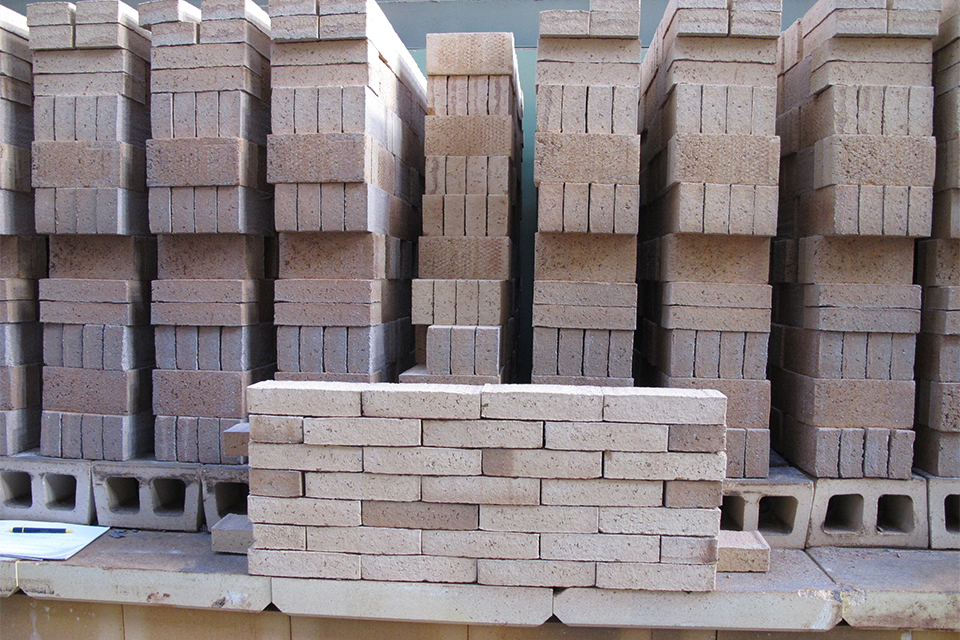
The mixture for DC Bricks' facing bricks currently consists of sixty percent residual streams used as a secondary raw material. Because less water is added to the mixture, it also requires less drying and less high firing. This results in savings of about forty percent in energy consumption. "So it's a win-win," according to De Vries. "And sustainable. Incidentally, the forty percent river clay added to the mixture is renewable and comes from the Dutch floodplains. Where we remove the clay, it creates space for water and nature. Again, a sustainable approach." She hopes to further increase the percentage of residual streams in DC Bricks' mixture in the future, but does state that a component of clay will always be used. Given the sustainable nature of Dutch river clay, this will not be an issue.
Heeft u vragen over dit artikel, project of product?
Neem dan rechtstreeks contact op met Rodruza B.V..
 Contact opnemen
Contact opnemen
